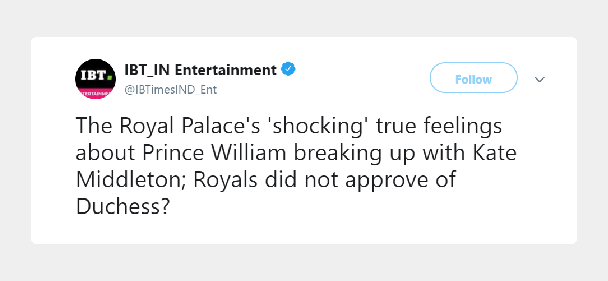
If you have any experience with social media monitoring platforms, you know that getting precise results may be tricky at times: Apps can show a lot of noise for brands with common names or, quite the contrary, miss some valuable data behind due to the restrictive filters.
That’s when Boolean search[1] fits in perfectly.
Boolean search definition
In a broad sense, a Boolean search is a type of search that combines terms with operators. It’s used in social listening tools, search engines, and other apps. It lets you find precisely what you’re searching for, and exclude what you’re not. I have to mention that not all social listening tools provide Boolean capabilities, but some platforms such as Awario, SproutSocial, or Google Alerts do let you test it before starting your subscription.
Dealing with those Boolean queries may look intimidating at first if you aren’t familiar with programming. But the good news is that first of all, not everyone needs Boolean: If you’re monitoring unique keywords, you’ll be alright with a regular search mode. And secondly, mastering the basics of creating Boolean queries doesn’t require any technical background at all.
Boolean terms explained
Before creating your first query, you should get comfortable with major Boolean operators, such as “AND”, “OR”, “AND NOT” (which is sometimes used as “NOT” or just “-”).
AND
This one narrows your search to find results of both keywords or groups of keywords within one post, so the query like “Prince William” AND “Duchess Kate” will show us results where both names are mentioned:

OR
OR broadens the search to find results where any term is mentioned. This can be good for misspellings, typos, and alternatives of the same

